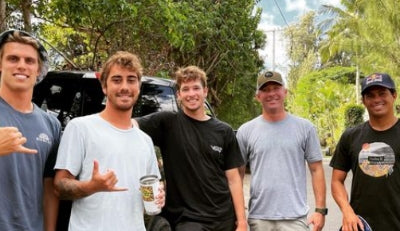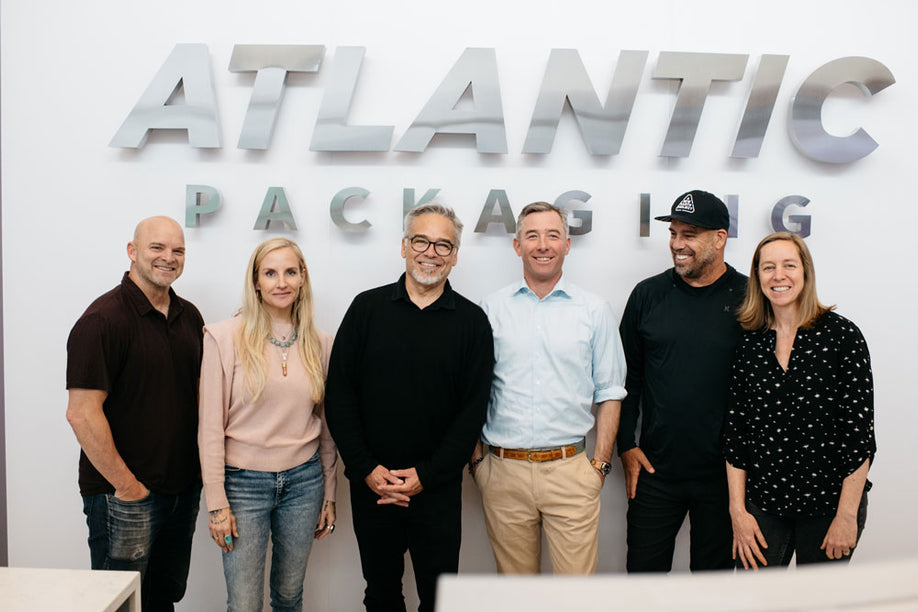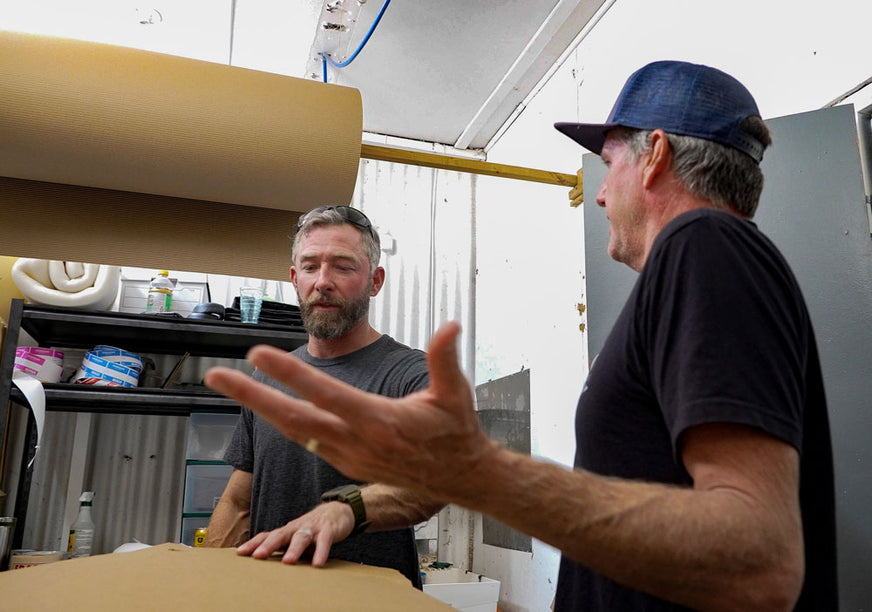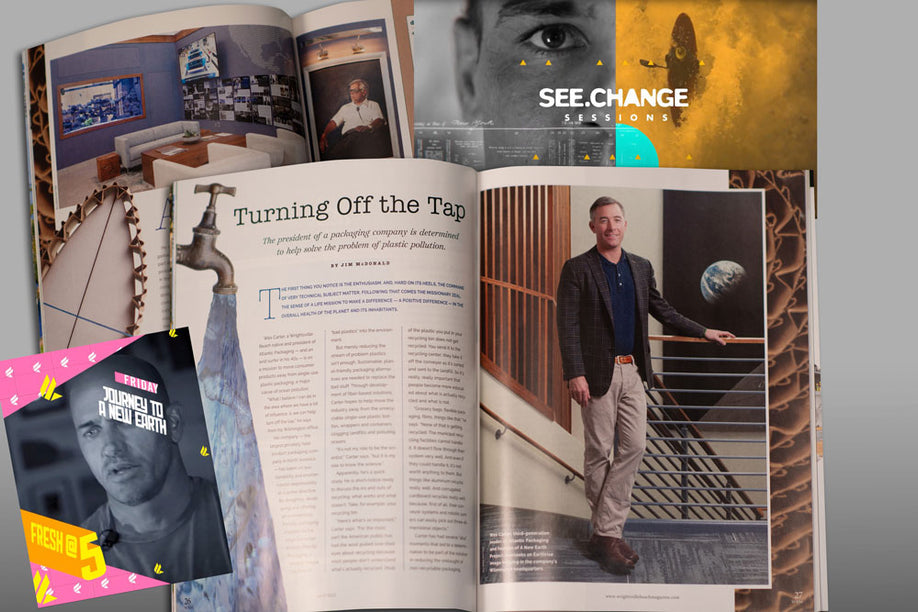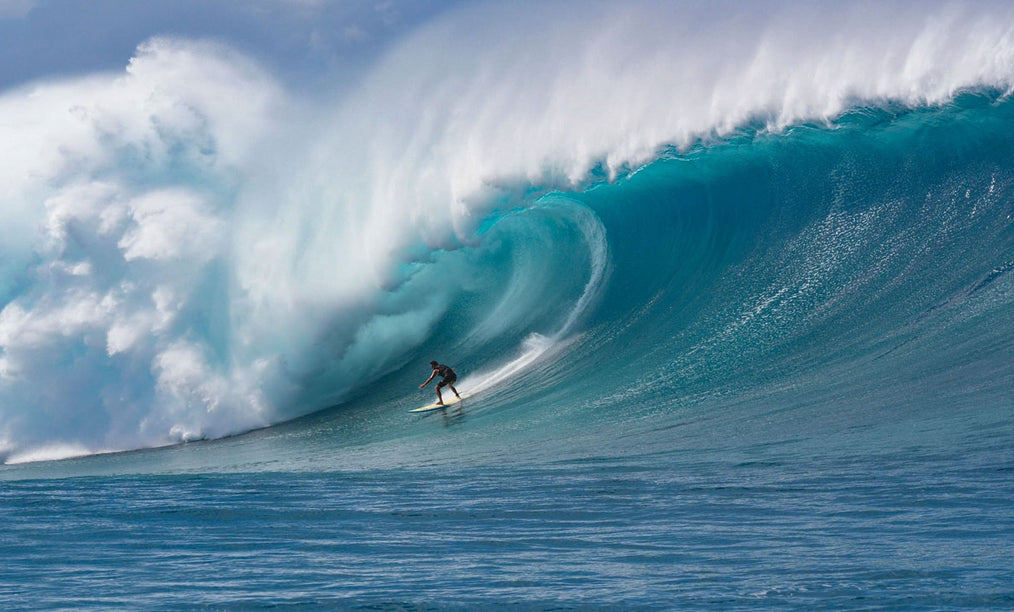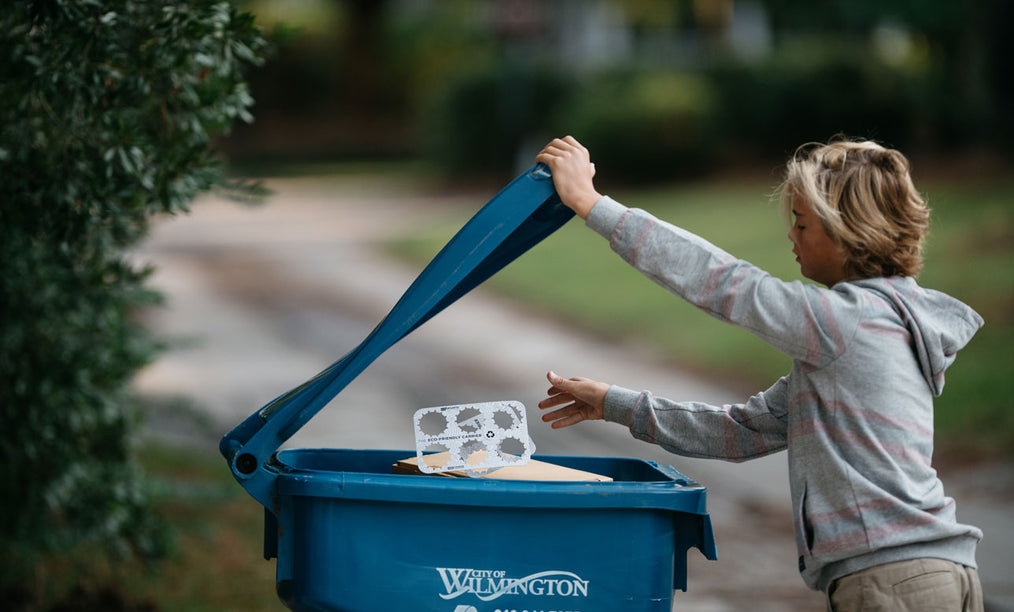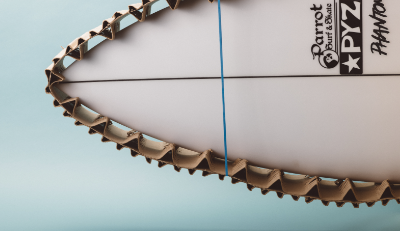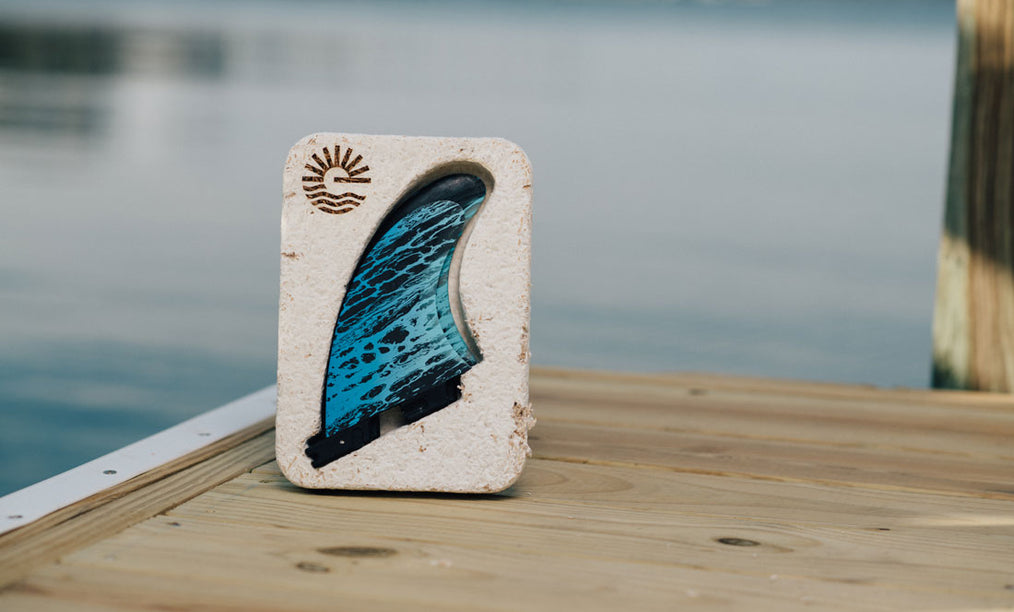On the West Side of Oahu, where crystal blue waters meet the rugged coastline, there's a long simmering battle underway. This close-knit community, long marginalized and overlooked, is fighting against the insidious and pervasive issue of waste colonialism.

The West Side is home to Hawaii's largest population of native Hawaiians. It's also the most underserved. For decades it's been Oahu's de-facto dumping ground for illegal waste. "Beyond residential waste, it's a lot of commercial waste, and military waste," says Pake Salmon, a local activist who's been shining a light on these problems for years.
Oahu has one of the largest military footprints in the country, and all four branches touch Oahu's West Side. "Just seeing them buzzing around is traumatic enough for native Hawaiians, because we all know this island was stolen," she explains. "And to this day, we can find munitions buried on our land, on beaches, even in the water where we surf -- literally fifteen feet offshore."

And yet the military is hardly alone. Years ago, if you took a drive up the Farrington Highway, the primary artery of Oahu's West Side, you'd see evidence of an underserved community in every direction. This side was home to abandoned burned out cars, huge tent cities, polluted canals, and beaches littered with trash from all of the above. It's also home to most of the islands waste management dumps, which are constantly asking for more space.

Frustrated and angry, Salmon joined a local activist group, Ka Wai Ola O Wai'anae, to see how she could help more than a decade ago. The avid surf photographer and videographer turned her lens to her community as well.
Her visual stories elevated their struggles. To Hawaiians, these issues are spiritually devastating. After all, their origin story bounds them to land and the water, and their kuleana (responsibility) is to take care of it.

"We're connected to it. It's part of us," she explains. "In Hawaiian culture, we don't view our environment as something we dominate. That rock, that reef, that's our brother and our sister. If the land and the water are sick, so are we."
By spreading their message to local schools, canoe clubs, city councils, and other community organizations they formed a watchdog group that started holding polluters accountable to their actions.
One of their first big victories was blowing the whistle on a local dump near the Disney resort that was leaking toxic sludge into the ocean that was destroying local reefs.

As a result, the state and county were fined by the EPA, and the news captured headlines. When EPA leaders on the mainland saw how Hawaiians were activating their community, Pake was invited to attend plenary sessions in California and New York.
"And the next thing I know I was invited by Earth Justice to speak at the White House, which was a little nerve wracking."
Ka Wai Ola O Wai'anae earned a $300,000 grant from the EPA to continue their work, which enabled them to empower more kids and locals to become data collectors. And there's no question they've moved the needle on the waste front.

But the COVID epidemic took a huge toll on Hawaii, and the severe shutdowns had a negative impact on civic activity. "We're just getting back on our feet, reorganizing a bit," Salmon explains. "But we're going to keep protecting our community, because the waste problem as far from over, but the houseless, and gentrification are the becoming bigger issues," she says.
Today, Salmon is an award-winning producer, director, photographer, and cinematographer focusing on issues impacting the West Side and Hawaiian people at large. For a good glimpse of her world, it's worth checking out her great piece with ABC Australia, not to mention the rest of her YouTube channel.
When I ask Salmon what's next, she offered me a sneak peek at a new series she's working on about the Pacific People. "Whatever I can do to help my community," she says. "I feel like I'm just starting to find my voice."
